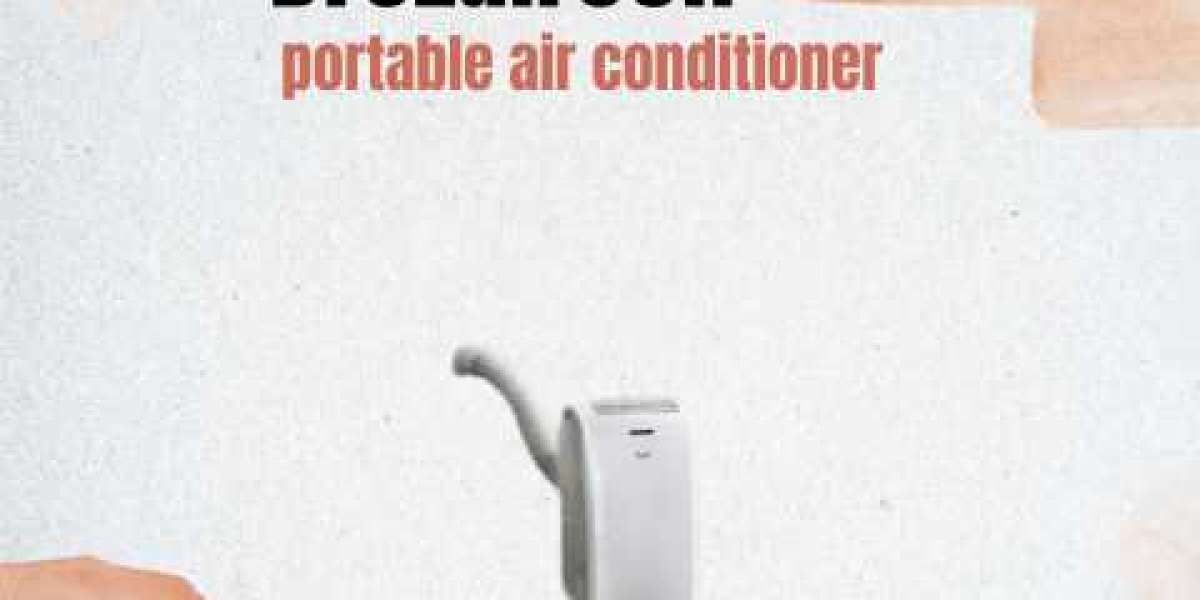
Portable air conditioners are versatile cooling solutions designed for easy mobility and flexibility. They are ideal for cooling specific areas or rooms without the need for permanent installation, making them a popular choice for residential, commercial, and temporary settings. In this guide, we’ll explore the key aspects of portable air conditioners to help you choose the right unit for your needs.
Introduction to Portable Air Conditioners
Portable air conditioners offer a convenient and effective way to cool individual rooms or spaces. Unlike traditional air conditioning systems, portable units do not require complex installation or ductwork, making them ideal for renters or those needing a temporary cooling solution. Selecting the right portable air conditioner can enhance comfort and provide targeted cooling where it is needed most.
Types of Portable Air Conditioners
Single-Hose Portable Units: These units use a single hose to expel hot air from the room to the outside. They are generally easy to set up and operate but may be slightly less efficient in very hot conditions compared to dual-hose models.
Dual-Hose Portable Units: Dual-hose models have two hoses—one for drawing in air from the outside and one for expelling hot air. This design enhances efficiency and cooling performance, making it suitable for larger spaces or more extreme temperatures.
Evaporative Coolers: Also known as swamp coolers, these units use water to cool the air through evaporation. They are energy-efficient and work best in dry climates where humidity is low.
Hybrid Units: Hybrid portable air conditioners combine cooling with dehumidification. These units can function as both air conditioners and dehumidifiers, providing additional comfort by reducing humidity levels.
Key Features to Consider
When choosing a portable air conditioner, consider the following factors:
Cooling Capacity: The unit’s cooling capacity should match the size of the room or space you intend to cool. Measured in British Thermal Units (BTUs), higher BTUs indicate greater cooling power. Ensure the unit is appropriately sized for your space to achieve optimal performance.
Energy Efficiency: Look for units with high Energy Efficiency Ratios (EER) or Seasonal Energy Efficiency Ratios (SEER) to reduce operating costs. Energy-efficient models consume less electricity and are better for the environment.
Noise Levels: Portable air conditioners can vary in noise levels. Choose a unit with a low noise rating if you plan to use it in a bedroom or office where quiet operation is important.
Portability and Design: Consider the unit’s design and mobility features. Look for models with caster wheels or handles for easy movement. Also, ensure the design fits well with your space and aesthetic preferences.
Additional Features: Modern portable air conditioners may come with features such as remote controls, programmable timers, sleep modes, and air purifiers. These added features can enhance convenience and comfort.
Installation and Maintenance Tips
Proper setup and maintenance are crucial for the effective operation of your portable air conditioner:
Setup: Follow the manufacturer’s instructions for setting up the unit, including attaching the exhaust hose and positioning the unit correctly. Ensure proper ventilation to prevent heat buildup.
Regular Maintenance: Clean or replace filters regularly to maintain air quality and efficiency. Additionally, check and clean the exhaust hose and drainage pan as needed.
Storage: If you plan to store the unit during off-seasons, clean it thoroughly and store it in a dry, cool place. Proper storage helps prolong the lifespan of the unit.
Conclusion
Selecting the right portable air conditioner is essential for achieving flexible and effective cooling in your space. By understanding the different types of units available, key features to consider, and the importance of proper installation and maintenance, you can ensure a reliable and comfortable cooling solution. For more detailed information and guidance, visit this comprehensive resource on portable air conditioners.
Investing in a high-quality portable air conditioner provides a versatile cooling solution that can enhance comfort and adapt to various needs. Make an informed decision and enjoy the benefits of flexible and efficient cooling in your home or office.







